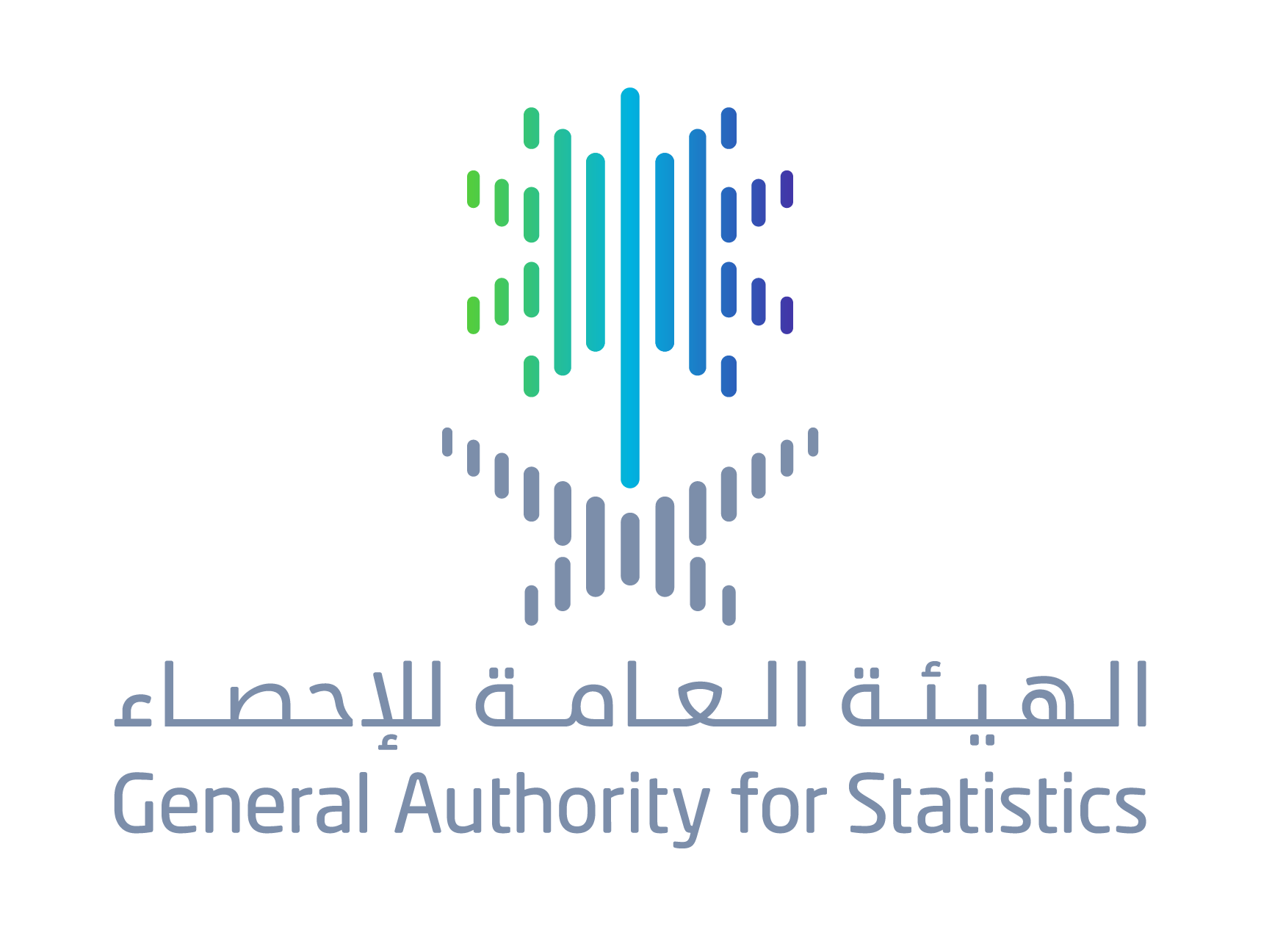Last update 28 / 01 / 2019
GASTAT Releases Housing Bulletin to Describe Households’ Dwellings Until the Mid of 2018

“Owned dwellings” increases, rented dwellings decreases with the growth of households numbers
GASTAT Releases Housing Bulletin to Describe Households’ Dwellings Until the Mid of 2018
On Saturday 20th of Jmadah AL-Awal 1440 (January 26th ,2019), GASTAT released Housing Bulletin on its official website www.stats.gov.sa which combines the results of the field survey that was held between 17/7/1439 and 22/8/1439 corresponding to (14/4/2018 to 18/5/2018) as well as record-based data provided by Ministry of Housing related to housing support . The bulletin aims at providing data of dwellings occupied with Saudi households (owned, rented, employer-provided housing) at Saudi Arabia’s administrative level. Additionally, the bulletin studies the characteristics of the dwelling and its surrounding environment, creates a database for dwellings, meets the local and international requirements as well as the needs of researchers and planners related to dwellings characteristics that are required by developmental plans. The bulletin also provides periodical data and indicators to measure the change in dwellings over time as well as conducting international, regional and local comparisons. Finally, it measures the improvements and the growth of the housing fields according to the type and age of the dwelling occupied by the household.
On the other hand, Housing Bulletin showed that the number of Saudi households increased to (3.591.098) until the mid of 2018. For the same period, the results showed that the number of owned dwellings occupied with Saudi households increased (3.43%) compared to the same period of 2017 where owned dwellings occupied with Saudi households and used all construction materials reached (60.49%). Moreover, owned dwellings excluding dwellings that were built with “non-reinforced” construction materials reached (51.70%) compared to (41.91%) in the middle of 2017. The percentage of rented dwellings occupied with Saudi households decreased by (37.63%) in the middle of 2018 compared to (38%) in the middle of 2017. However, these percentages do not reflect the percentage of individuals who owned dwellings but the type of dwelling (owned, rented, employer-provided housing) that may be occupied by one household or more.
In addition, the bulletin showed that the number of dwellings occupied with Saudi households in Saudi Arabia increased (2.46%) in the middle of 2018 compared to the middle of 2017. Dwellings occupied with Saudi households (owned, rented, employer-provided housing) until the mid of 2018 reached (64.2%) out of total dwellings in Saudi Arabia where the highest percentage was recorded in Makkah with (24.96%) followed by Riyadh with (23.68%), then in the Eastern Region with (14.31%), Asir (8.55%), Madina (6.92%), Jazan (4.93%), AL-Qassim (4.64%), Tabuk (3.37%), Hail (2.22%), Najran (1.90%), AL-Baha (1.88%), AL-Jouf (1.60%), finally, Northern Boarders (1.04%).
In regard to the materials used in dwellings construction and occupied with Saudi households (owned, rented, employer-provided housing), the results showed that reinforced construction increased by (4.31%) compared to the mid of 2017. Dwellings occupied with Saudi households (owned, rented, employer-provided housing) and were built with (bricks) decreased by (9.2%) in the mid of 2018 compared to the mid of 2017 where dwellings occupied with Saudi households and were built with reinforced construction reached (89.54%) and dwellings occupied with Saudi households and were built with (bricks) reached (10.44%).
The results also showed that the majority of dwellings (99.85%) occupied with Saudi households (owned, rented, employer-provided housing) depend on a public network as main source for electricity and are occupied with (99.86%) out of total Saudi households’ individuals.
GASTAT confirmed that the results of the Housing Survey indicate the status of Saudi households’ dwellings until the mid of 2018. On the other hand, the record-based data of the Ministry of Housing showed the number of beneficiaries of the subsidized housing provided by “Sakani” program reached (67.070) Saudi households at the administrative level during 2018.
